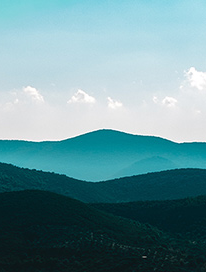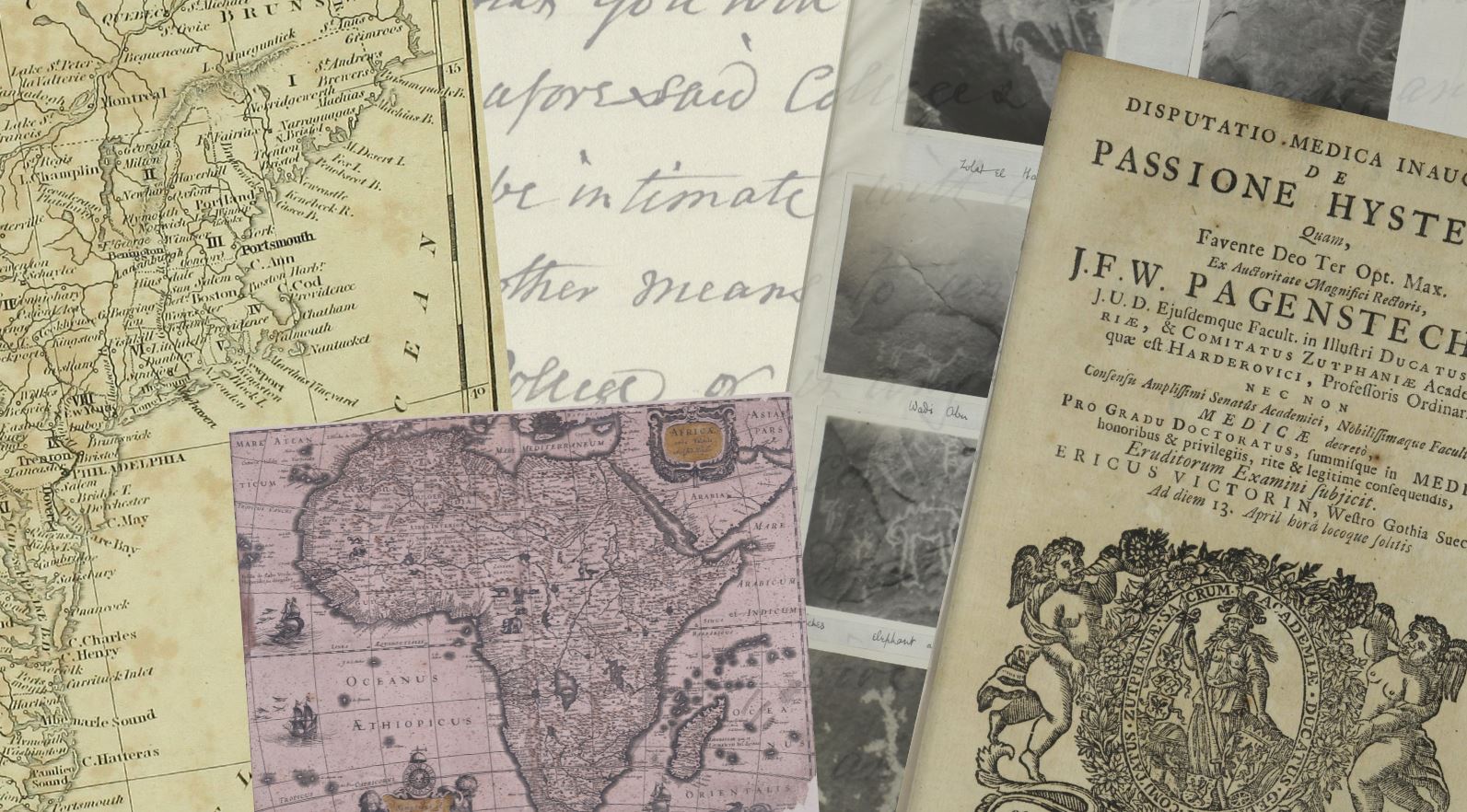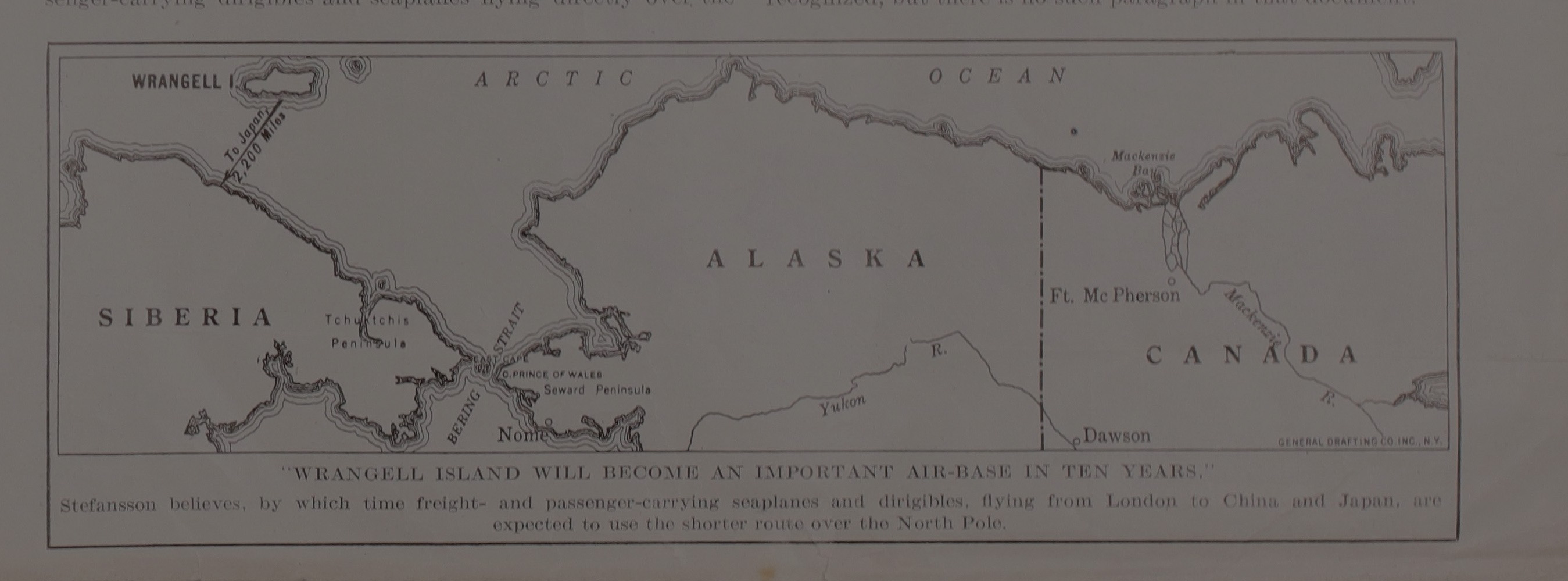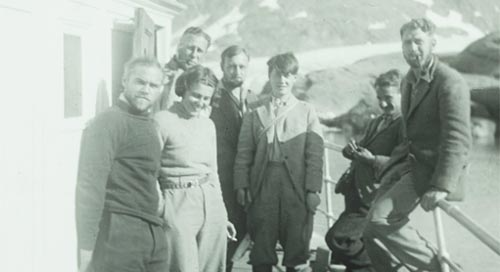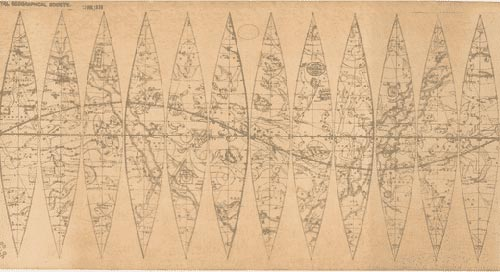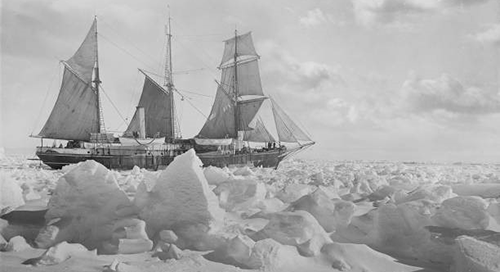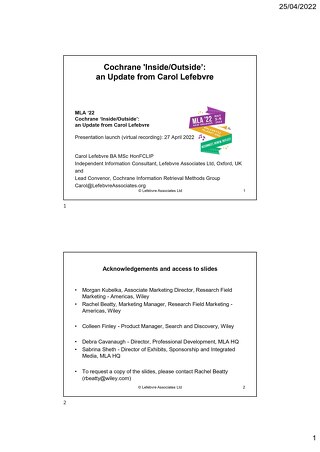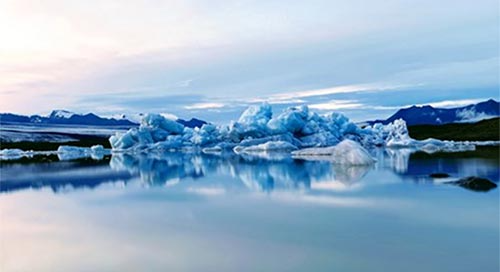a-wiley-network-spotlight-on-historical-science-this-world-ocean-day
June 06, 2022
The ocean covers 70% of the surface of Earth and contains 97% of Earth's water. Today the ocean and the ecosystems that rely on it are threatened by dangers such as climate change, pollution and plastics, overfishing, and coral bleaching.
This World Ocean Day, June 8, we are highlighting the work of historical scientists who laid the foundation for oceanographic science today. Their amazing work is preserved digitally on Wiley Digital Archives so that modern researchers can see how far the field has developed and learn how knowledge progressed along the way.
| Coral Reefs During his voyage on the HMS Beagle Charles Darwin mapped the distribution of coral reefs and proposed a theory of how isolated rings of coral reefs, known as atolls, formed. He suggested that they originally grew around extinct volcanoes which then sank into the sea, leaving the reef as an isolated circle. From the archives: The Structure and Distribution of Coral Reefs by Charles Darwin, 1874
| ||||
| Early diving equipment In 1880, B.W. Richardson hosted a lecture on the history of diving apparatus, giving a live demonstration of the latest diving invention created by pioneering engineer Henry Fleuss. His apparatus consisted of a metal chamber and a rubber mask connected to a breathing bag of compressed oxygen. From the archives: A lecture on "Fleuss' Diving Apparatus", 1880 a Lecture
| ||||
| Polar Ice Caps Melting polar ice caps and their impact on sea level is an important area of environmental research today, it was also an area of great interest to Natural Philosophy professor Sir William Thomson in 1888. Thomson theorized that when it came to sea temperature, the wind was the distributor of heat and the sea was a carrier. From the archives: Polar Ice-Caps and Their Influence in Changing Sea Levels, 1888
| ||||
| Pollution in Fish, 1999-2001 This report from the United States General Accounting Office to the Committee on Agriculture, Nutrition, and Forestry highlights the number of seafood caused illness in the US due to pollution contamination and requests a higher level of FDA regulation to protect consumers. From the archives: Pollution in fish, Harbor Project records, 1999-2001
| ||||
| Fossil Discovery An Oystechinus fossil discovery by Mr. T. D. Hill helped to date the ocean beds of Barbados. A genus founded in 1879 based on specimens obtained during the Challenger expedition, the Oystechinus had not been found in fossil form prior to Hill’s discovery. From the archives: The Geology of Barbados, 1890.
| ||||
| Oceanic Fauna Leptocephalids are thought to be the young of shore fish whose larva has been carried out to sea by currents and, therefore, never fully mature. Certain surface-swimming fish are sensitive to cold, with incubation periods influenced by colder climates, and seek refuge in deep waters during the winter.
| ||||
| Saline Content in the Ocean Why does our ocean have high saline content? Prof. Edward Hull hypothesized that saline content in our ocean started either by a process resembling that of salt lakes, or through elements of acid gas composition. From the archives: How the Waters of the Ocean Became Salt, 1893
| ||||
| Whaling Voyages Frederick Debell Bennett spent three years sailing around the globe (1833-1836) studying whale species. During his voyage, Bennett vividly documented his encounters with various marine ecosystems and wildlife. From the archives: Narrative of a Whaling Voyage round the Globe, from 1833-36
|
If you have any questions about Wiley Digital Archives or would like a free trial please contact us.










